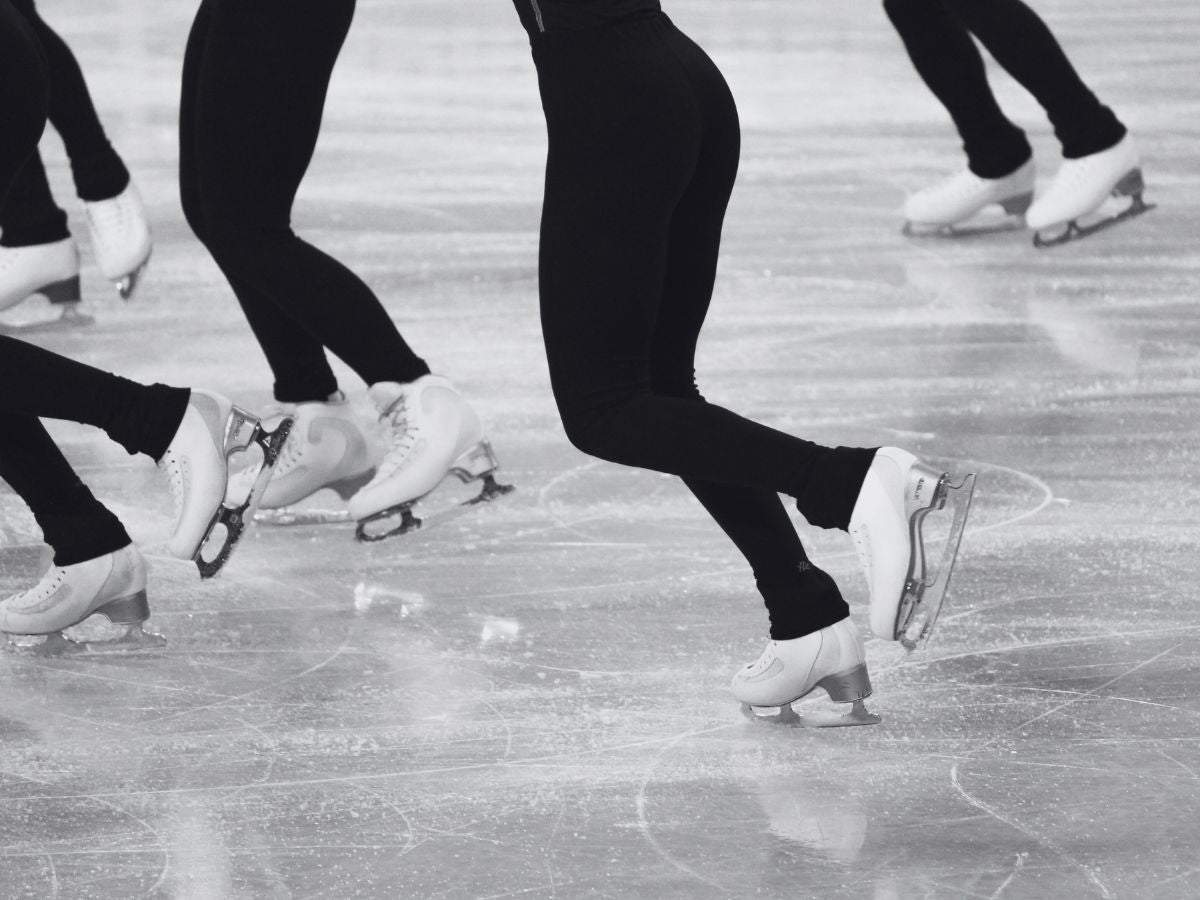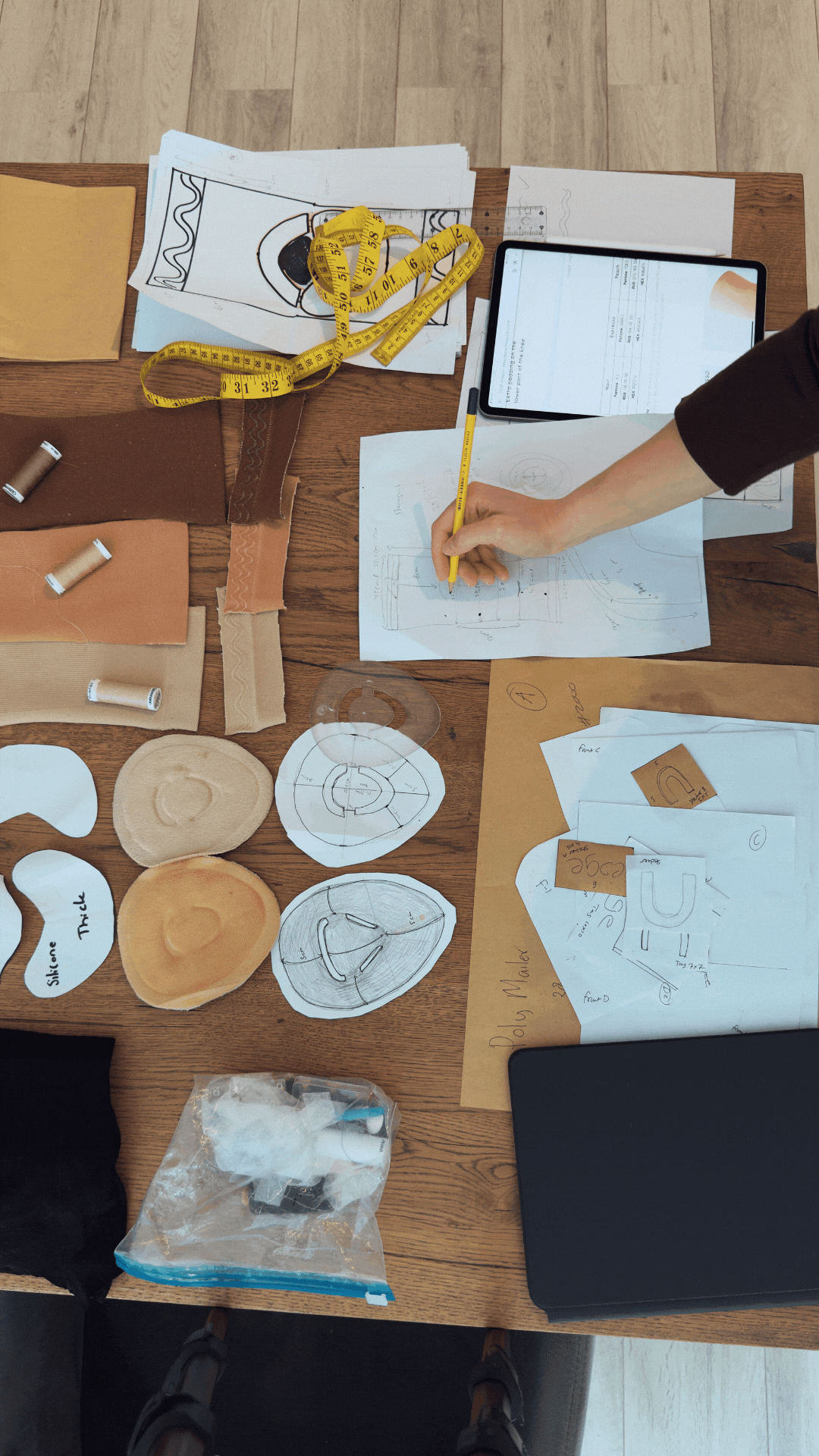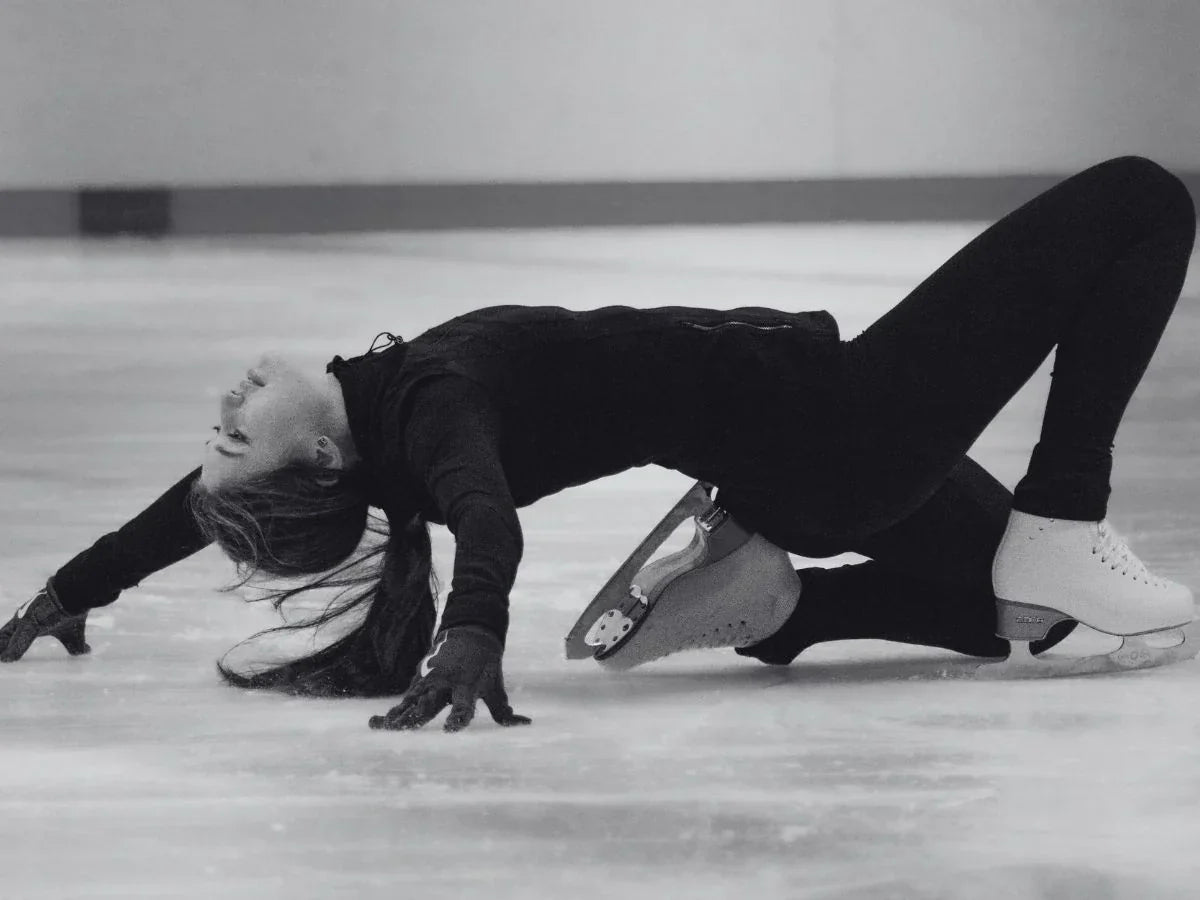Article: 5 Things Most Skaters Forget During Practice (That Make a Big Difference)

5 Things Most Skaters Forget During Practice (That Make a Big Difference)
Skating is one of the few sports where you’re expected to make something physically demanding look effortless. And because of that, the behind-the-scenes work — the habits that keep your body and brain sharp — often gets overlooked.
This is not a checklist of obvious reminders. These are things many skaters skip, rush through, or forget altogether, but that have real consequences on how you train and how you feel. Getting these right can make the difference between progress and plateau, confidence and injury.
1. Hydration, Especially in Cold Rinks
Hydration isn’t just for sweaty summer workouts. It’s just as important in figure skating, even if you're not visibly sweating. Cold air can reduce your sense of thirst, but your body still loses fluid through breathing, movement, and evaporation, especially in long or high-intensity sessions.
Why it matters
Even a 1 to 2 percent drop in hydration can reduce coordination, reaction time, and cognitive focus. That might sound small, but for a skater trying to land a jump or hold a precise edge, it's enough to make things feel off. Dehydration also reduces your body’s ability to maintain muscle elasticity, which increases the risk of cramps or strains.
What to do
Don’t wait until you feel thirsty. Bring a water bottle rink-side and take small sips regularly, especially between intense elements or full run-throughs. For longer sessions, consider adding electrolytes, particularly if you're doing off-ice and on-ice back-to-back.
2. Warming Up Properly Before Stepping on the Ice
Most skaters do some version of a warm-up. But a few arm circles or stroking laps aren't enough to prepare your body for jumps, spins, or choreography. A proper warm-up helps your muscles, joints, and nervous system for the specific demands of skating.
Why it matters
Cold muscles are more prone to tears. Ligaments are less elastic. And your coordination, balance, and power output are reduced until your body is properly activated. A study published in the Journal of Strength and Conditioning Research found that dynamic warm-ups improve jump height, balance, and lower body power — all critical for skating.
What to do
Start off-ice with mobility (ankles, hips, shoulders), then add dynamic movements like lunges, jump preps, and core activation. Once on the ice, build gradually with edge control and power strokes before jumping or doing intense elements.
3. Dressing to Stay Warm — Not Just for Looks
A lot of skaters train in minimal clothing because it allows them to move freely or see their lines. But in cold rinks or long sessions, underdressing can lead to stiff muscles and slower recovery. It’s not about over-layering, but staying warm enough to keep your body working properly.
Why it matters
Muscle temperature affects performance. Warmer muscles contract more efficiently, absorb force better, and are less likely to strain. If your legs start feeling stiff halfway through practice, or your landings get heavier, cold could be a factor.
What to do
Dress in layers that you can easily remove and add between exercises or after run-throughs. Keep gloves on unless you’re working on detailed hand movements. If you feel chilled when standing still, your body isn’t warm enough to train at its best.
4. Wearing Protection Before You Think You Need It
Most skaters only reach for protection after something starts hurting. By then, the damage is already done. Bruised knees, blistered feet, and swollen joints don’t just affect one session, but they can hold you back for weeks.
Why it matters
Skating is high repetition. When you hit the same body part over and over, even small impacts accumulate into inflammation, tendon irritation, or soft tissue damage. The knee, ankle, and wrists are especially vulnerable.
What to do
Use protective gear proactively, not reactively. Knee pads for slides. Silicone boot cushions to reduce pressure points. Gloves to prevent ice burn and cuts from touching blades. Protection helps you train harder, longer, and more consistently without breakdown.
5. Mentally Resetting Between Elements
Physical repetition is a big part of skating, but mental fatigue is just as real. Many skaters keep repeating an element over and over, hoping something will click — but without resetting mentally, you’re often repeating the same mistake.
Why it matters
Frustration leads to tension, and tension interferes with technique. Research in motor learning shows that deliberate rest and visualisation between attempts helps athletes correct movement patterns faster than blind repetition.
What to do
Take five seconds after each attempt. Breathe. Reset your posture. Mentally walk through the correction. Quality reps with intention lead to faster results than burning through energy on ten rushed ones.
Skating Smarter Starts With Remembering the Basics
None of these reminders are new. But the reality is that most skaters skip them. Not out of laziness, but because once you’re focused on elements, programs, and perfection, these things get pushed to the side.
The skaters who stay consistent, improve faster, and avoid burnout aren’t always the most talented. They’re the ones who skate smart. And smart skating starts with taking care of your body before it asks you to.



